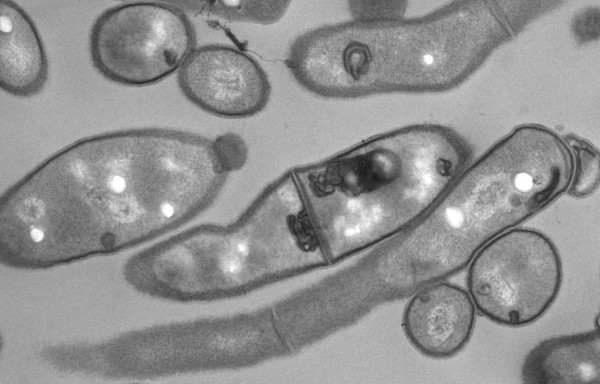
The Morita lab focuses its research on the cell wall biogenesis in mycobacteria. Components of cell wall and underlying plasma membrane are important virulence determinants, and Dr. Morita’s group has published a series of papers delineating the complex pathways that govern the biosynthesis of phosphatidylinositol-based glycolipids such as phosphatidylinositol mannosides, lipomannan, and lipoarabinomannan.
In a recent study published in Journal of Biological Chemistry in 2010, the team uncovered a mechanism that controls the molecular size of lipomannan and lipoarabinomannan, shedding light on the importance of coordinated actions of biosynthetic enzymes.
The Morita lab also investigates the spatial regulation of biosynthetic pathways. A paper published in Journal of Biological Chemistry in 2005 described the presence of two plasma membrane fractions that have distinct functional roles. These membrane fractions can be physically separated by density gradient fractionation, and are associated with different sets of enzymes. These data represent an unusual feature of membrane organization in mycobacteria, which may be critical for the coordinated biogenesis of plasma membrane and cell wall.
The Morita lab is also actively involved in collaborative research. A long-term collaboration with Dr. Malcolm McConville in the University of Melbourne culminated in a publication in Journal of Biological Chemistry in 2010, reporting the identification of phosphatidylinositol 3-phosphate in mycobacteria. Another collaboration with Dr. Sho Yamasaki in Kyushu University, Japan, resulted in the discovery of a protein called Mincle as a human host receptor for mycobacterial glycolipid, trehalose dimycolate, and was published in Journal of Experimental Medicine in 2009.
Department of Microbiology